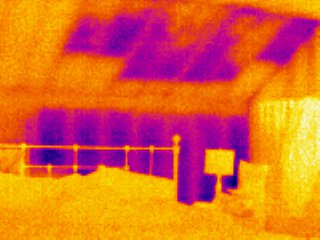By Mitchell Thomashow, President Emeritus, Unity College and Second Nature Presidential Fellow
Five years ago a small group of visionary college and university presidents gathered to initiate the American College & University Presidents’ Climate Commitment (ACUPCC). They were motivated by their conviction that higher education had the capacity and responsibility to make a significant commitment to climate and sustainability action for the sake of their students and society.
As we prepare for the 5th Anniversary ACUPCC summit, it’s important to celebrate our accomplishments, especially at a time when higher education’s public image could benefit from some good news. In just five years, 675 colleges and universities have signed the ACUPCC, representing 35% of the national student body. We’ve seen hundreds of institutions implement remarkably innovative sustainability initiatives. We’ve seen the sprouting of hundreds of new sustainability related academic programs, in every conceivable subject, at every educational level.
Yet higher education is also in a crisis. Challenges of accountability, affordability, workforce preparation, and relevance are sweeping the sector. The volatile global economy remains unpredictable, with ramifications impacting every campus. Meanwhile despite our best efforts, the climate issue becomes more daunting daily.
This is an important challenge for the ACUPCC. What should our priorities be over the next five years. How can we build on our accomplishments, broaden our constituencies, and sharpen our impact?
Read more 




